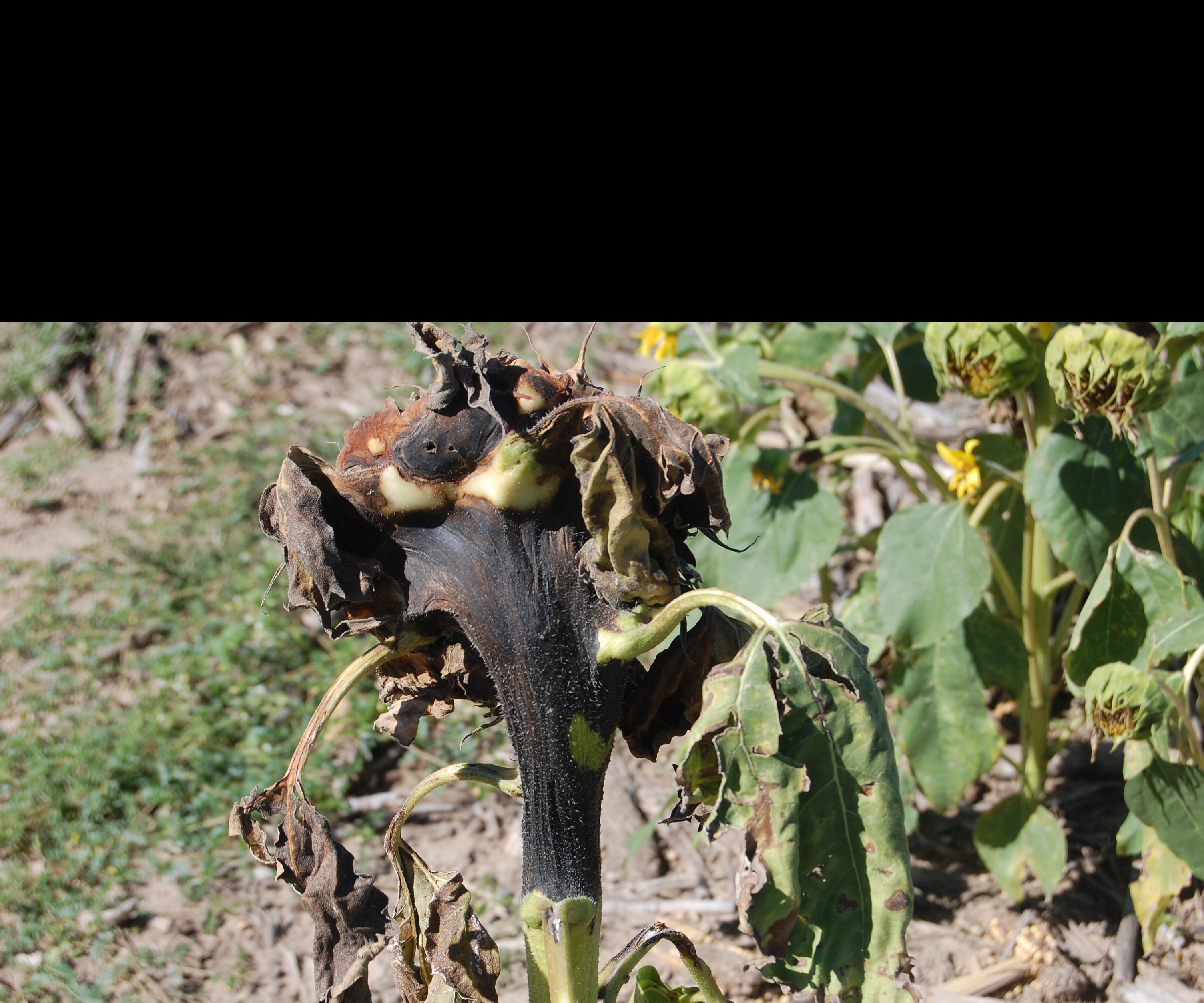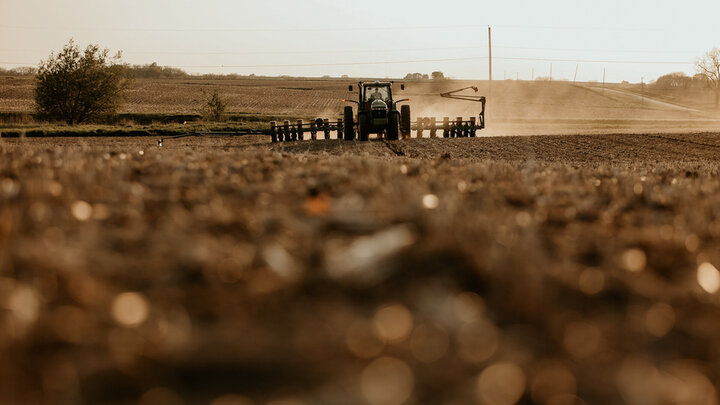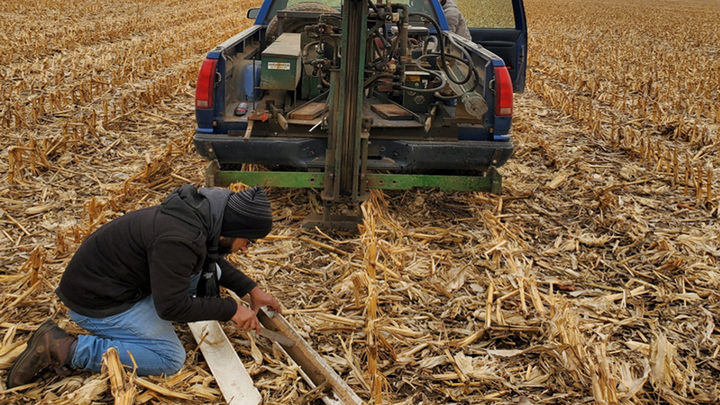By Robert Harveson, Extension Plant Pathologist
Pathogen
Fungal structures: hyphae (mycelium), sclerotia, apothecia, and ascospores. White mold, also known as Sclerotinia wilt, is caused by Sclerotinia sclerotiorum (Lib.) de Bary, and is considered to be the most destructive disease of sunflowers. It causes a wide range of diseases in sunflower including base, crown, root, stalk and stem rots, and head rots. The fungus over winters and survives in soil as hard, black sclerotia. These structures germinate and infect stalks and roots directly as mycelium. The fungus can also produce mushroom-like structures called apothecia that release windblown ascospores that colonize and infect senescent tissues such as stalks, leaves, or heads.
Disease Symptoms
Symptoms of white mold can include wilting, middle stalk rot, and head rot. The most common symptom is wilting because the pathogen first attacks roots. A water-soaked canker with cottony mycelium forms form at the base of the stem and spread up the plant; cankers turn dark and eventually girdle the entire plant. The cankers can extend 2-4 ft. above the soil line. As disease progresses, the pith decays, and the stems become bleached and shred. Middle stalk rots and head rots usually begin as gray water-soaked lesions. A dense, white cottony fungal growth (mycelium) is produced in the stalk. Sclerotia, formed from the mycelium in shredded tissues, are an excellent method of pathogen identification. Heads eventually become partially or completely rotted, leaving only vascular bundles that give the head a shredded appearance. Sclerotia formed in the head are about the same size as the seed and are difficult to remove in cleaning and threshing operations. Therefore, they are a common contaminant in seed lots.
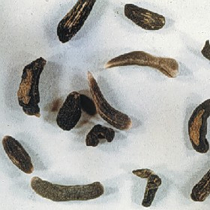
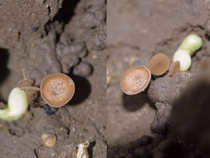
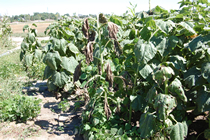




Favorable Environmental Conditions
Sclerotinia diseases are favored by high moisture conditions, particularly during and after flowering. They occur commonly in the High Plains region where cool nights and irrigation favor disease development. Temperatures of 55°-60° F are optimal for sclerotial germination and apothecial development. Excessive nitrogen levels that promote dense canopies also contribute to greater disease losses.
Management
Genetic Resistance
Resistant hybrids are currently not available.
Cultural Practices
Once the pathogen becomes established in fields, it is difficult to manage without growing a non-susceptible crop. Using long rotations with non-host crops such as wheat, corn or sorghum will prevent further build-up in soils. Do not rotate with susceptible crops like dry beans, soybeans, potatoes, or canola. Other management practices include controlling numerous weed hosts, planting clean seed, burying previous crop debris, and using moderate fertility programs.
Chemical/Biological Control
No fungicides are currently available, but research is ongoing to test and evaluate new products for efficacy in managing white mold.
Links
No additional links to information are given at this time.
